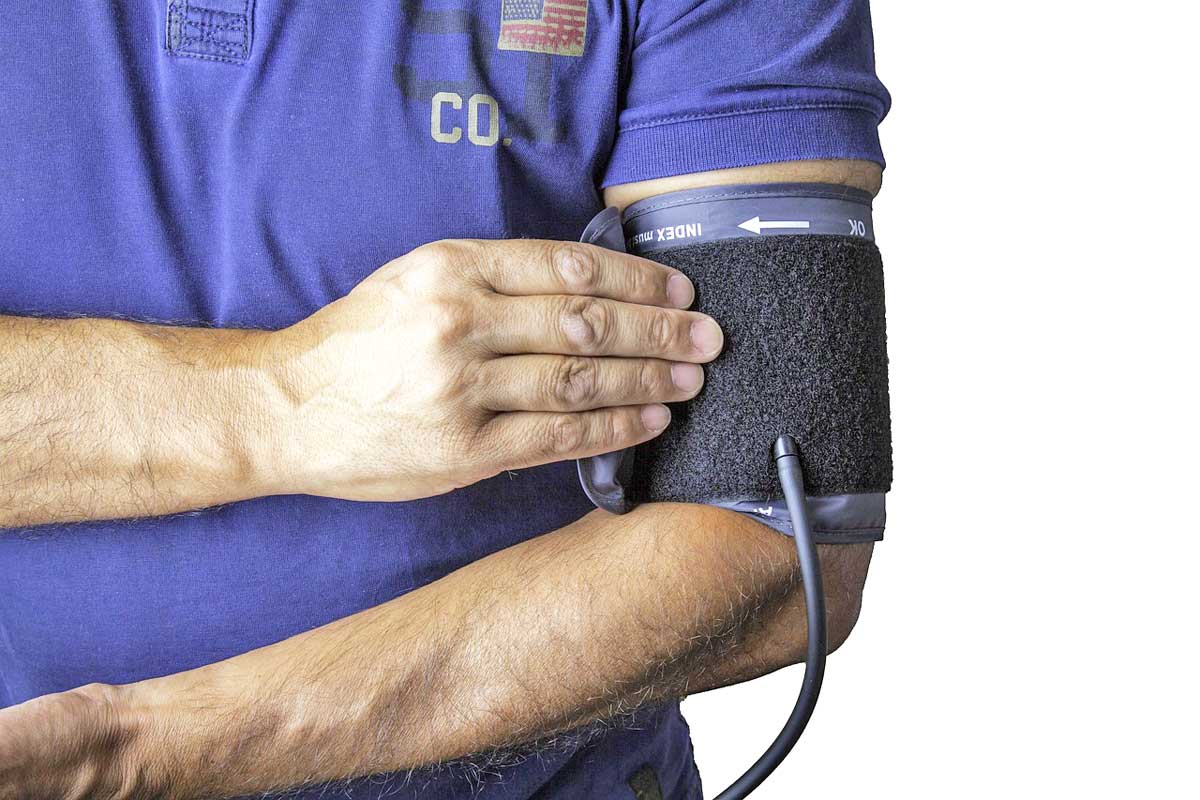Stretching is often seen as a simple addition to a fitness routine, yet it requires precision and attention to detail to be effective. Unfortunately, many people make common mistakes when stretching, which can reduce its benefits or even lead to injury. Understanding these errors and how to correct them is essential for maximizing flexibility and overall fitness.
Not Warming Up Before Stretching
Stretching cold muscles increases the risk of injury, as cold tissues are less elastic and more prone to tears. Contrary to popular belief, stretching is not a warm-up. A proper warm-up, such as light cardio or dynamic movements, raises your body temperature and prepares muscles for stretching. Spend 5-10 minutes warming up to ensure your body is ready.
Not Stretching the Muscles You’re Targeting
Many individuals fail to stretch the intended muscles due to improper technique. Whether it’s due to a lack of knowledge or poor form, this mistake can lead to ineffective stretching. To avoid this, educate yourself on proper stretching techniques and pay close attention to your body alignment during each movement.
Overstretching Ligaments Instead of Muscles
Ligaments provide stability to joints, but overstretching them can lead to looseness and joint instability. Stretching should target muscles, not ligaments. To avoid this, refrain from holding joints in positions that place undue pressure on the ligaments, and focus on muscle elongation instead.
Placing Excess Weight on Joint Capsules
Stretching should not strain your joints. Activities such as standing toe touches can place harmful pressure on the joint capsules, leading to potential damage. Instead, opt for safer stretches that support joint health, such as seated forward bends or dynamic hamstring stretches.
Neglecting a Balanced Stretching Routine
Imbalanced stretching can lead to tightness in underworked muscles, which may cause postural issues like rounded shoulders. Always aim for symmetry in your routine by stretching opposing muscle groups equally. For instance, balance hamstring stretches with quadricep stretches.
Using Jerky or Bouncing Movements
Fast, jerky, or bouncing movements—known as ballistic stretching—can push muscles beyond their safe range of motion, increasing the risk of strain or injury. Instead, perform stretches slowly and smoothly, allowing your body to adjust gradually to the extended position.
Failing to Stretch to Maximum Extension
Stretching should involve moving to the maximum safe range of motion without causing pain. Mild discomfort is acceptable, but sharp pain indicates overstretching. With each repetition, aim to extend slightly farther while maintaining control and avoiding discomfort.
Inadequate Amount of Stretching
Stretching every major muscle group is crucial for maintaining balance and preventing injuries. The American College of Sports Medicine (ACSM) recommends holding static stretches for 10 to 30 seconds each. These stretches are preferred for their low injury risk and minimal time requirements.
Inconsistent Stretching Frequency
Flexibility gains are easily lost without consistent practice. Most experts recommend stretching at least four to five times per week, if not daily. Regular stretching helps maintain the range of motion and prevents stiffness from returning.
Equating Flexibility with Overall Fitness
While flexibility is a vital component of fitness, it is not synonymous with being fit. A well-rounded fitness routine should include aerobic exercises, strength training, and healthy nutrition alongside stretching. This combination ensures overall physical health and optimal performance.
Stretching is an invaluable part of any fitness regimen, but it must be done correctly to reap its full benefits. Avoiding these common mistakes will enhance your flexibility, reduce the risk of injuries, and improve your overall fitness. By incorporating proper techniques, consistent practice, and a balanced approach, you can unlock the true potential of stretching in your exercise routine.
About James A. Peterson, Ph.D., FACSM
James A. Peterson is a freelance writer and consultant specializing in sports medicine. Formerly the director of sports medicine at StairMaster, he also served as a professor of physical education at the United States Military Academy. His expertise continues to inform fitness enthusiasts and professionals alike.
Copyright 2010 by the American College of Sports Medicine.













